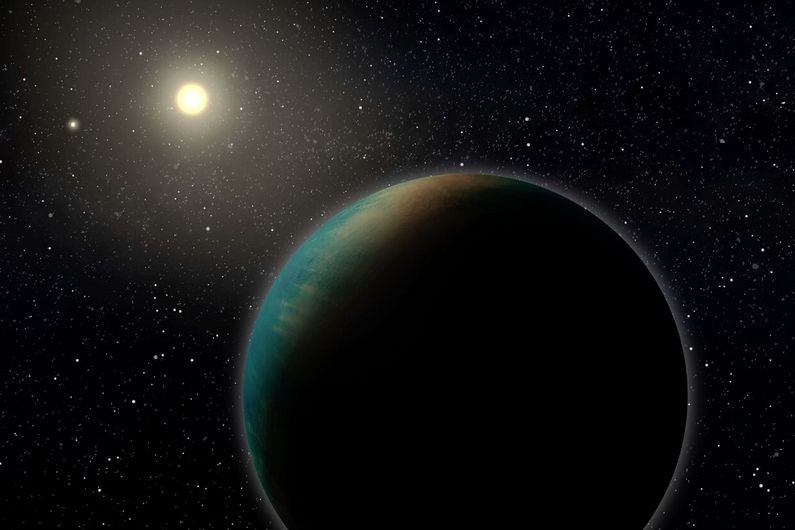Researchers from the University of Montreal and the Institute for Research on Exoplanet (IREx) discovered a new exoplanet with covered oceans on its surface, the study's new focus. The ocean planet is 70 percent larger than Earth and is approximately 100 light years away from the home planet, with NASA's Transiting Exoplanet Survey Satellite (TESS) heading the discovery.
Ocean Planet Discovered by Researchers using NASA TESS

TOI-1452 b, the ocean planet that the University of Montreal and IREx discovered together, brings a new focus for researchers on their quest to understand more of the world surrounding the planet. It holds a key ingredient in life, water, as most of the planet's surface is covered by oceans, appearing in the Draco constellation.
NASA's TESS helped discover the new planet, and the researchers published a paper in the Astronomical Journal that details the ocean world. The exoplanet is 100 light years away from Earth and is 70 percent larger than the planet, with its water far more significant than what surrounds humans, as seen on the home planet.
According to a press release by the researchers, this new planet was discovered through a camera called PESTO, mounted in the Observatoire du Mont-Mégantic (OMM).
Future Studies to Look More Into Ocean Planet
The study does not stop here, as it does not yet cover what makes up the ocean planet now. Researchers are yet to uncover specific details on the massive ocean exoplanet that is one of the best candidates for an ocean planet to date, says lead author Charles Cadieux from the University of Montreal.
According to the researchers, the planet's radius and mass are at a much lower density than one would expect of a world comparing its structure to Earth.
Exoplanets Discovered by Researchers
There is no limit to what there is in the great beyond, and it still mesmerizes researchers for the discoveries and new things they see in space, with overflowing phenomena and recently surfacing objects coming to light. There is a new galaxy discovered by ESO's VLT, a powerful device that gave way to seeing two supermassive black holes in its center.
Exoplanet research is a massive focus by NASA and other space agencies worldwide as they bring several extremities to the field of science and space discovery. One of the most famous studies focuses is the lava world exoplanet which is a task assigned to the James Webb Space Telescope that aims to study more of what makes it burning hot.
NASA's TESS and the James Webb bring significant advancements to further the study of exoplanets and nearby systems that the technology can bring for people to see, making space more accessible for all. Researchers that worked together in the discovery of the ocean planet in the Draco constellation give a new focus on worlds that hold a crucial component in life, water.
This article is owned by TechTimes
Written by Isaiah Richard
ⓒ 2025 TECHTIMES.com All rights reserved. Do not reproduce without permission.




